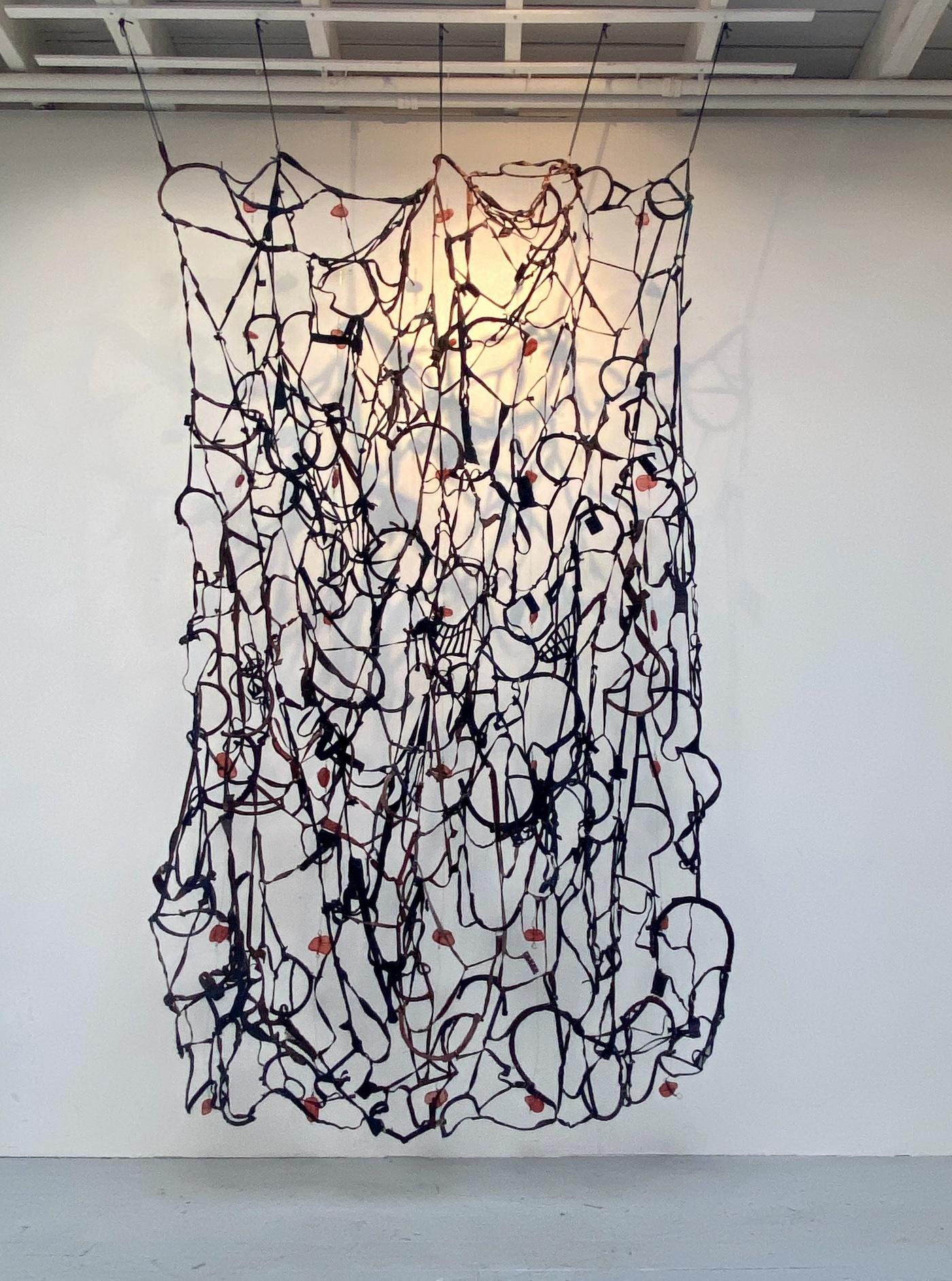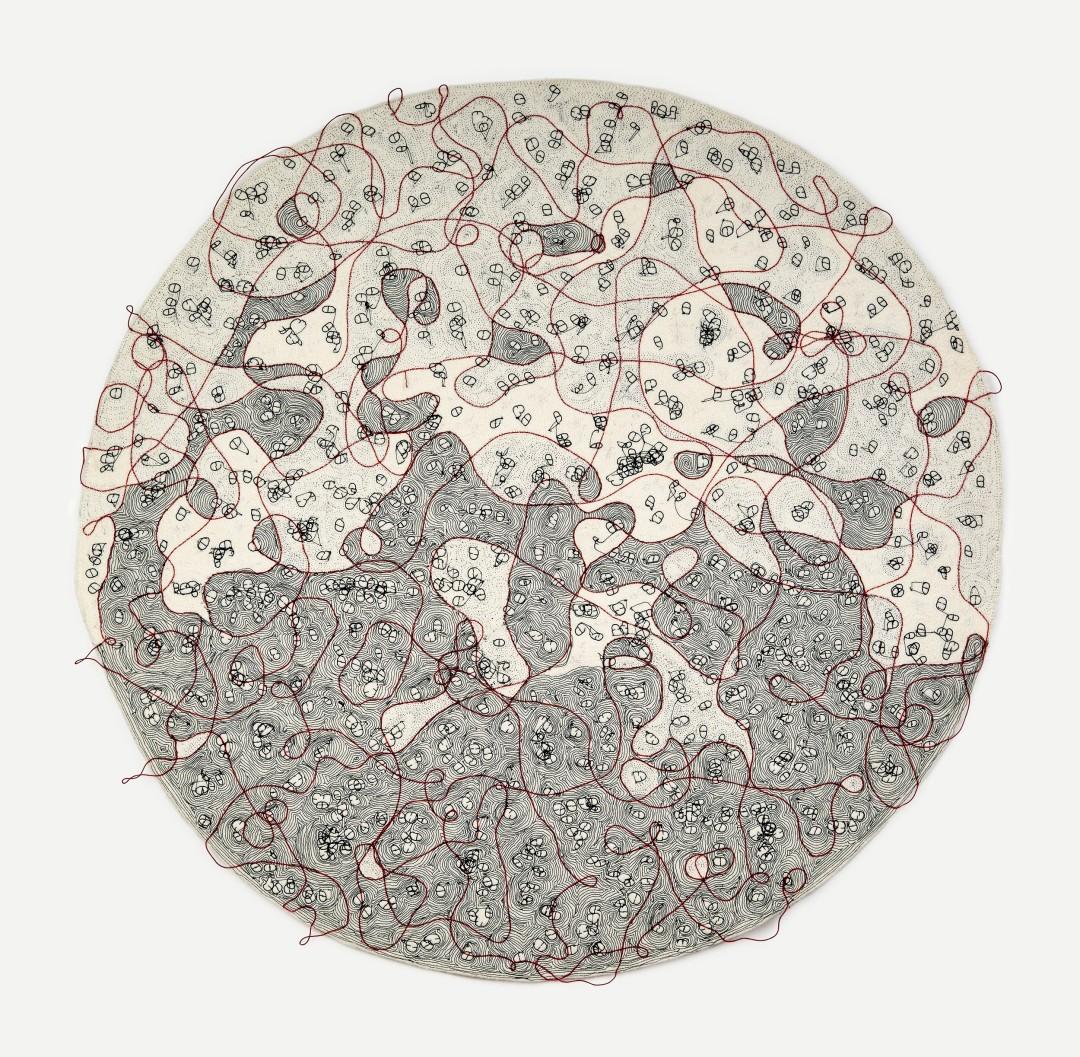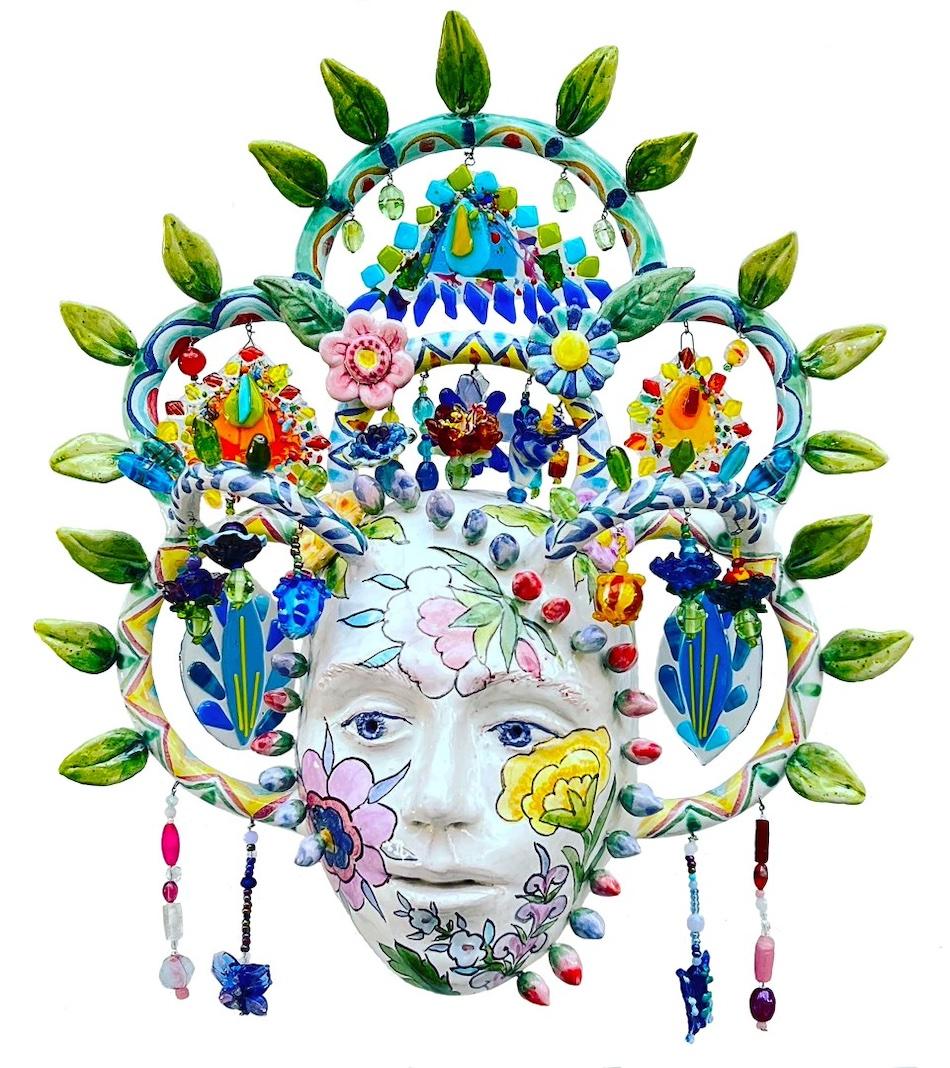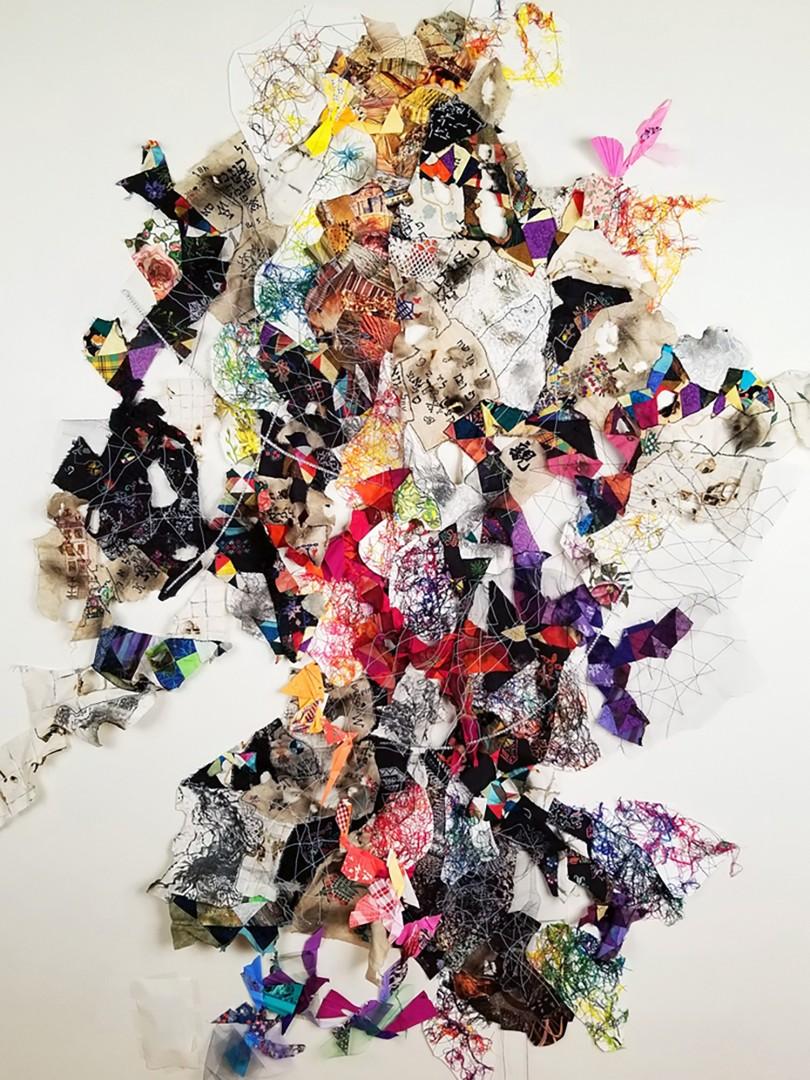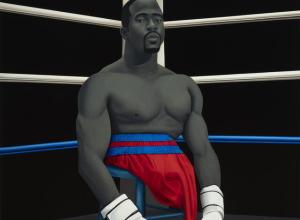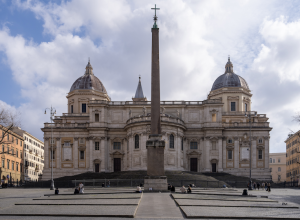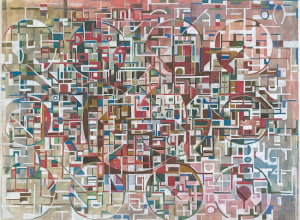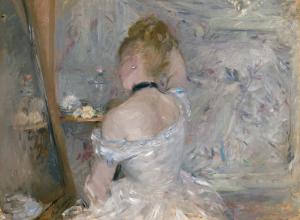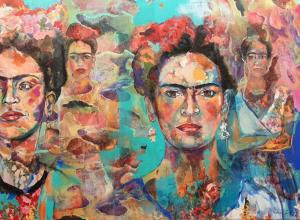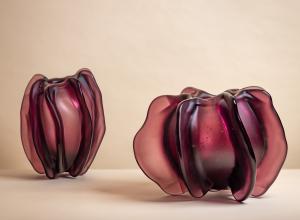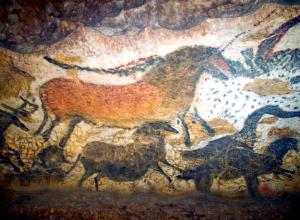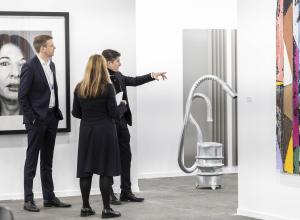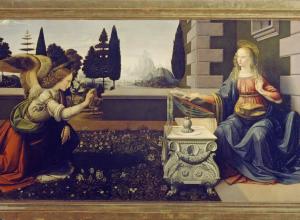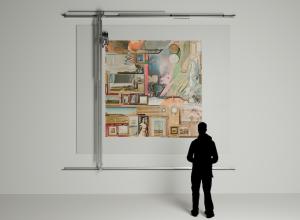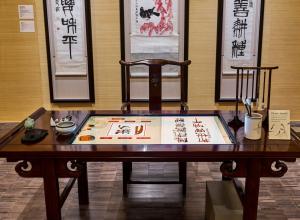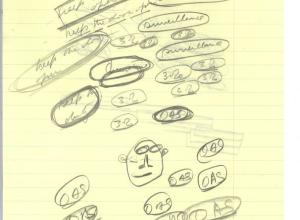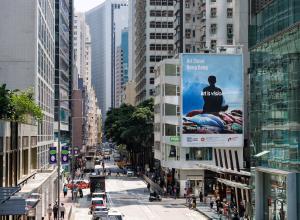Guest curator Elissa Strauss says the exhibition creates a “platform for Jewish artists from throughout the state to exhibit their work and to delve into the many facets of what it means to seek out connection today.”
She adds that the exhibition reflects “a core piece of Jewish culture: the belief in dialogue, debate, and questioning as a fertile source for sparking discussion and attempting to understand the world. This process is something Jews have long thought of as holy work.”
Carefully organized by Strauss into four categories— Earth, Human, Past/Future, and Divine— this nuanced collection encompasses a variety of opinions, experiences, and artistic approaches. Explanatory wall text lists the artist and artwork details, along with some curatorial notations from Strauss and a quote from each artist.
Spanning the gamut from photography and painting, to participatory installations, the artwork explores Jewish identity, decries injustice and racism, investigates the world situation, and explores moments of connective joy. Some of the work also expresses solidarity with the Palestinians and grief over Hamas’ attacks.





